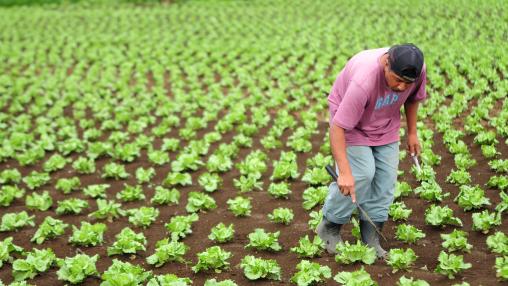
Food Security and Incomes in Guatemala During Food Crises
Since early 2020, Guatemala has faced a multitude of food security shocks: from the outbreak of the COVID-19 pandemic and resulting restrictions on movement and disruptions to agricultural trade to widespread flooding following several major tropical storms to skyrocketing staple food prices. A new article in World Development examines the immediate and longer term impact of these shocks on households’ incomes, diets, food security, and migration decisions, particularly in rural areas.

FAO Food price Index Declines in October, But Volatility in Some Markets Remains
Food prices continued to decline, albeit more slowly, in October, according to the latest FAO Food Price Index. The Index was down 0.5 percent from September and 10.9 percent from October 2022.

Food Price Index Stable in September But Rice Prices Remain a Concern
The FAO Food Price Index remained virtually unchanged month-to-month in September and almost 24 percent lower than the peak reached in March 2022.
A Look at Global Rice Markets: Export Restrictions, El Niño, and Price Controls
To address rising domestic prices for rice, India banned exports of non-basmati rice on July 20, 2023—a move many feared would drive global prices even higher. Since then, these worries have been realized: Thailand’s benchmark price for rice has increased 14 percent, Viet Nam’s rice prices are up 22 percent, and India’s white rice prices are up 12 percent.
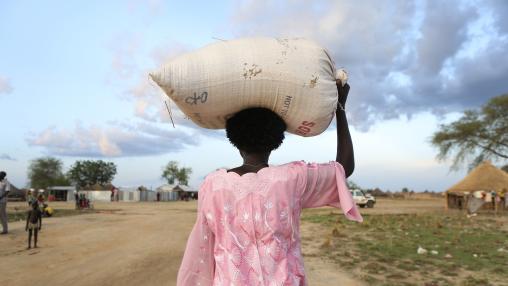
Good News for Some Countries, But Acute Food Insecurity Persists Worldwide: Global Report on Food Crises Midyear Update Released
The Global Report on Food Crises (GRFC) 2023 Midyear Update finds that while some countries have seen improvements in hunger and malnutrition in the first half of 2023, high levels of acute food insecurity remain worldwide. As in previous years, conflict, climate change, and economic shocks continue to be the main drivers of food crisis, with conflict playing the predominant role from January through August 2023.
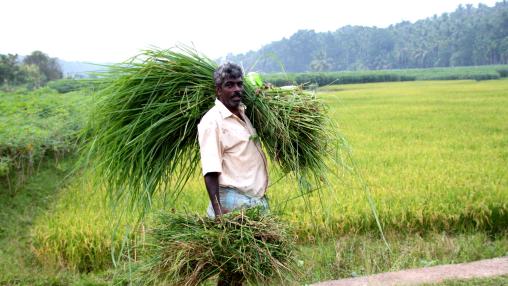
Food Price Index Declined in August, While Rice Prices Spiked
The FAO Food Price Index fell by around 2 percent in August, driven by declines in cereal, vegetable oil, dairy, and meat indices. This decline placed the Index 24 percent below the peak seen in March 2022. The major exception was rice prices, which saw a significant increase in August.
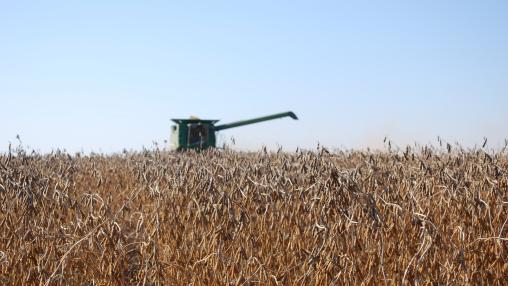
Rising Vegetable Oil Prices Drive Up FAO Food Price Index
While the FAO Food Price Index saw a minor increase in July, it remains 16 percent below its July 2022 levels. Rising vegetable oil prices drove the month-to-month increase.
Food Security Trends and Resilience-Building Priorities
The new CGIAR series on Strengthening Food Systems Resilience kicks off with a seminar examining food security trends and the impacts of recent shocks to food systems. Speakers will highlight the need for renewed efforts to strengthen food systems resilience and identify priority investments and actions.
Johan Swinnen, Director General IFPRI; CGIAR Managing Director Systems Transformation Science Group: Overview of Food Security Trends and Impacts of Past Crises
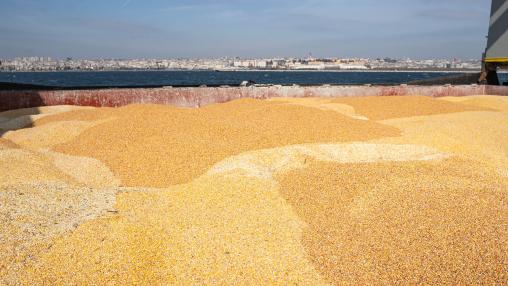
End of the Black Sea Grain Initiative: Implications for sub-Saharan Africa
Russia’s July 17 withdrawal from the Black Sea Grain Initiative (BSGI), has sparked fears of reduced exports of wheat and other key commodities to developing countries, along with other market disruptions.
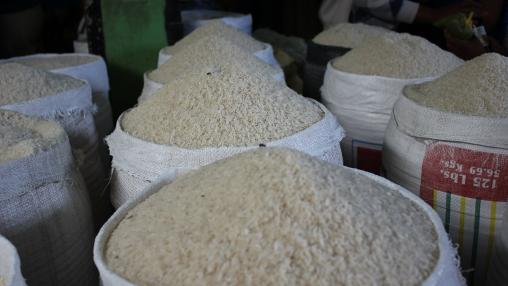
India’s new ban on rice exports: Potential threats to global supply, prices, and food security
On July 20, India announced that it would restrict exports of non-basmati rice to calm domestic rice prices that had risen more than 30% since October 2022 (Figure 1). The ban would halt overseas sales of the grain with “immediate effect,” the government announced, and is estimated to cover about 75%-80% of Indian rice exports.